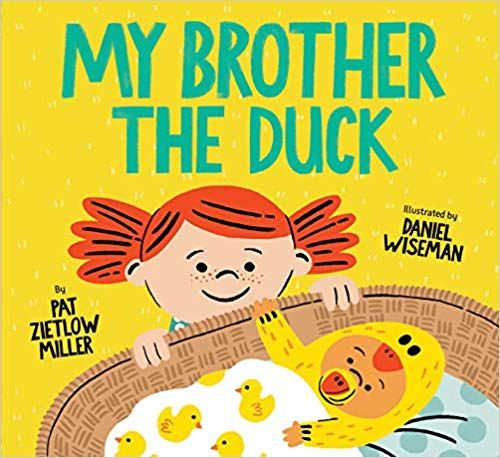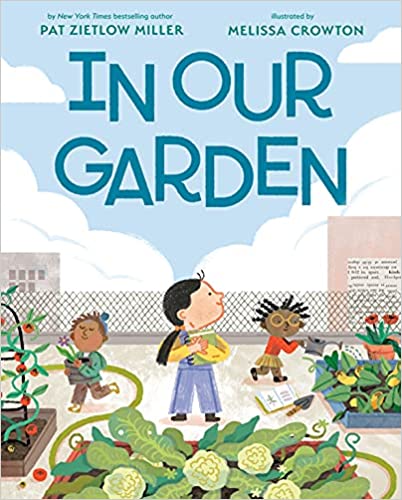The magic of picture books is how they tell a complete story in few words.
To help that happen, picture book authors often use repeating elements. Repeating elements are words, phrases or sentence structures that occur several times in the story. They provide a strong framework and help the plot hang together as a complete, cohesive whole. They also give readers guideposts along the way — something to connect with and remember as they read and re-read the book.
There are many ways to incorporate repeating elements into your manuscript. Here are three I’ve used:

Refrains
In LUPE LOPEZ: ROCK STAR RULES, my picture book with e.E. Charlton-Trujillo and Joe Cepeda, Lupe, our main character, is an aspiring drummer with a Texas-sized personality. Whenever she drums with her pencils, there’s a refrain:
Ran! Rataplan! Boom-Tica-Bam!
This pops up several times in the book and gets expanded on when Lupe rocks out in the cafeteria one day:
Ran! Rataplan! Boom-Tica-Bam!
Pit-a-pat. Rat-a-tat.
WHAM-WHAM-WHAM!
Refrains can be exactly the same each time they’re used or follow a similar format and vary slightly in wording.
Other books that use refrains include: the classic WE’RE GOING ON A BEAR HUNT by Michael Rosen and Helen Oxenbury, Jill McElmurry’s and my Thanksgiving book SHARING THE BREAD, SOUL FOOD SUNDAY by Winsome Bingham and Charles G. Esperanza, and MR. WATSON’S CHICKENS by Jarrett Dapier and Andrea Tsurumi.

Catch-phrases
In MY BROTHER THE DUCK, my picture book with Daniel Wiseman, our main character, Stella, is a fledgling scientist.
As she tries to figure out what’s up with her baby brother, who bears a striking resemblance to a duck, she repeatedly says, “Research was obviously required.”
That phrase supports Stella’s slightly formal personality and underscores the scientific methods described in the book.
Ideally, a catch-phrase should be memorable or clever enough so readers want to say it along with the character and even use it in their own conversations when they’re not reading the book.
Other books that use catch phrases include: A BIG MOONCAKE FOR LITTLE STAR by Grace Lin and OWL BABIES by Martin Wadell and Patrick Benson.

Sentence structures
In IN OUR GARDEN, my picture book with Melissa Crowton, I start my story with a series of hyphenated words with a hint of rhyme:
It’s a day. A gray day.
A breakfast-can-wait, don’t-be-late day.
I use this structure three more times in the book to denote major steps in the main character’s path to creating a school rooftop garden.
The idea:
We’re in class. Science class.
What-a-plant-needs-besides-seeds class.
The creation:
Gardens take work. Hard work.
Lift-high-and-lug, pull-and-tug work.
The harvest:
Check out this garden. Our garden!
Our high-in-the-sky, thought-we’d-try garden.
All three of these repeating elements help guide readers through the story and have the added bonus of being fun to say out loud.
So . . . look for repeating elements in picture books you read. And then play around with them in your own writing.
I got so into this topic, I asked Twitter users to recommend books with great repeating elements. My post got more than 180 responses. Check out the suggestions! (To do so, click on the “Read 180 replies” in the image below.)
Hey, picture book people! Help me out. What are your favorite picture books with refrains or repeating phrases?
— Pat Zietlow Miller (@PatZMiller) October 27, 2022
ON A COMPLETELY DIFFERENT TOPIC … If you’re interested in attending an online webinar led by e.E. Charlton-Trujillo and me about how to turn real-life events into fantastic fiction picture books, check out the details from The Writing Barn. You can register here.

